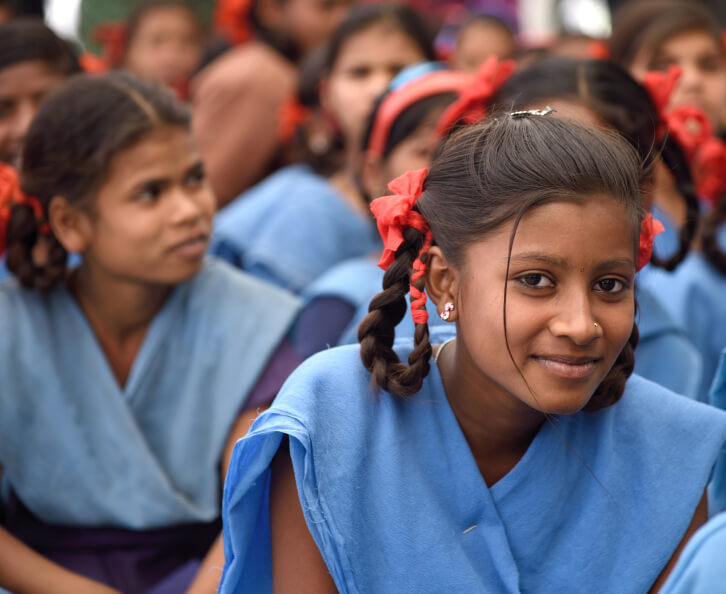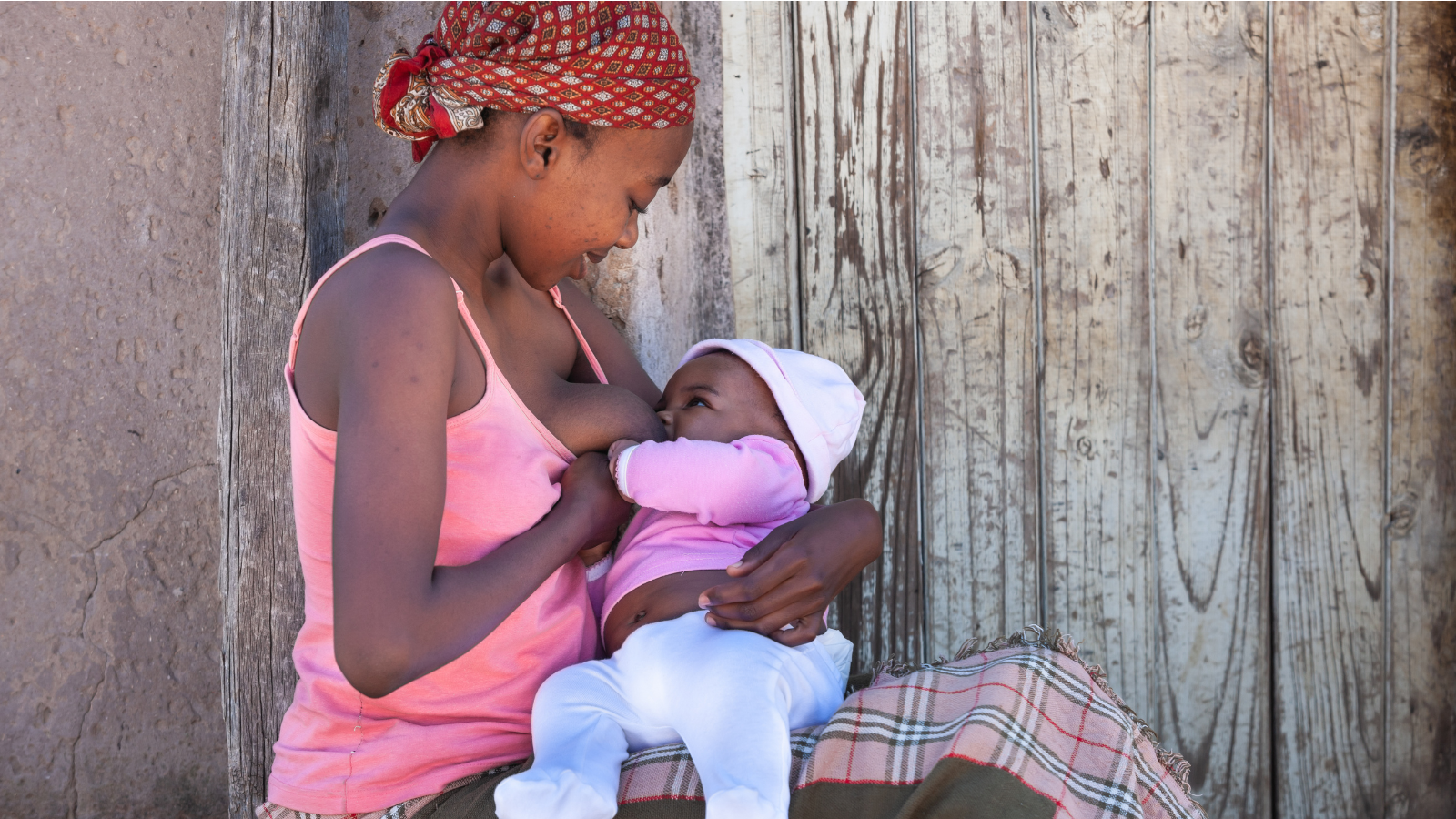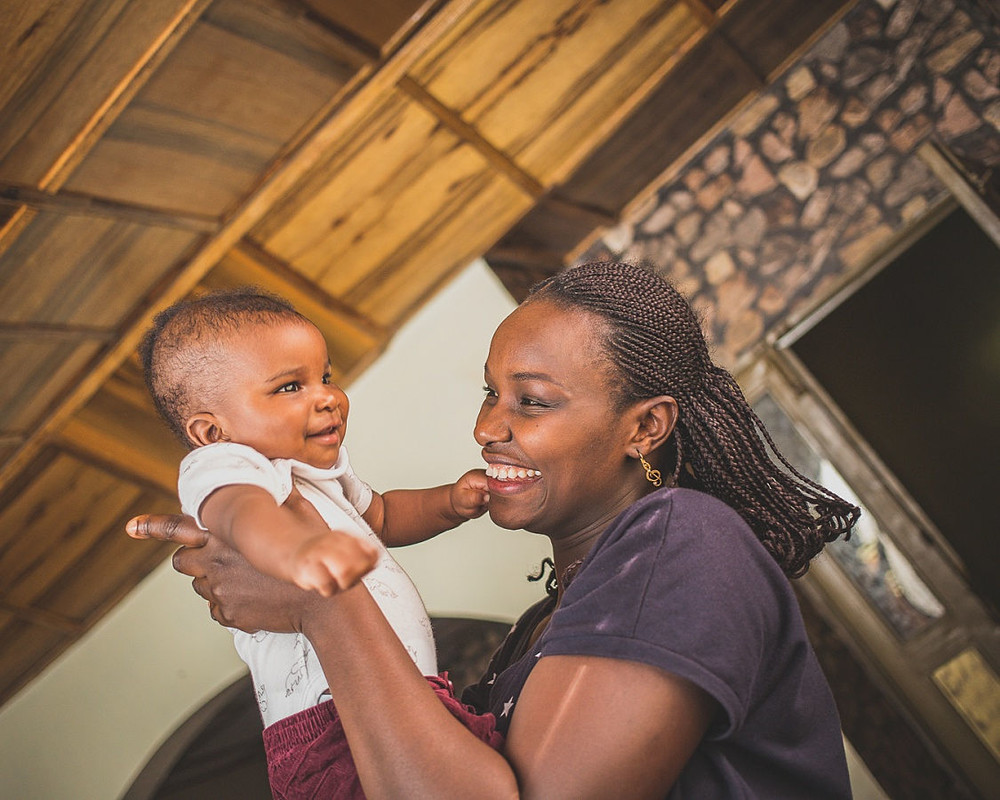And while women and girls have an innate right to good nutrition, today, at least one billion women experience at least one form of malnutrition globally.
Women’s empowerment and innovations to improve women’s and girls’ nutrition are a priority for FHI Solutions.

A gender-equal society would be one where the word ‘gender’ does not exist: where everyone can be themselves.”
— Gloria Steinem
Anemia in women and girls
No country in the world is on track to meet the World Health Assembly Targets on anemia of women and girls of reproductive age. Anemia is a severe health condition – women with severe anemia are twice as likely to die during pregnancy².
Micronutrient deficiencies
An unacceptably high rate of women of reproductive age in lower- and middle-income countries are deficient in key micronutrients: 63% of women are vitamin D deficient, 41% are zinc-deficient, and 40% are iodine-deficient⁵.
Diet quality
The absence of data on diet quality for women and girls makes it difficult to design effective policies and programs.
Adolescent girl nutrition
The absence of data on adolescent girl nutrition makes the full extent of the problem relatively unknown.
Ending malnutrition necessitates the world to progress gender equality
Malnutrition for women and girls is an issue of equity, as well as poverty, since women and girls are twice as likely to suffer from malnutrition than men and boys.
In many African countries, it is customary for a woman to feed her husband and children first, even when pregnant, reducing her immunity, health, productivity, and causing stunted growth and life-long health impacts on her unborn child.
Yet despite the lack of investment in nutrition for women and girls, it is foundational for the health, development, prosperity and thriving of all communities.
Optimal nutrition supports women and girls to realize equal health, education, and earning outcomes, which, in turn, exponentially impacts their agency and has been shown to have significant positive impacts on economic growth. For example, maternal nutrition interventions have been linked to significant increases in GDP, while micro-nutrient interventions have been shown to have a rate of return of up to 1.16.
Women and girls continue to be disproportionately affected by the ongoing impacts of the pandemic, escalating conflict, and the climate crisis. COVID-19 has entrenched gender inequity, reducing the availability, access, and affordability of nutritious foods for women and girls, and resulting in higher rates of malnutrition.
What is more, the consequences for women and girls are often compounded and can be exponential. For example, a girl out of school during the pandemic is more likely to experience malnutrition and be at risk of early marriage, which is likely to reduce her ability to earn income and increase chances of early pregnancy.
Today, the lack of data, policy coherence, and leadership for women’s and girls’ nutrition is failing women and girls. At FHI Solutions we are working with national and global partners to spearhead an Action Agenda for women’s and girls’ nutrition to drive greater investment and improve policy coherence towards impactful interventions.
Page references:
¹ GBD 2017 Diet Collaborators, Health effects of dietary risks in 195 countries, 2019, The Lancet. NCD Risk Factor Collaboration (NCD-RisC) Trends in adult body-mass index in 200 countries from 1975 to 2014: a pooled analysis of 1698 population-based measurement studies with 19·2 million participants. Lancet 2016;387:1377–96. 10.1016/S0140-6736(16)30054-X
Christian, P., Smith E., Zaidi An. 2020; Addressing inequities in the global burden of maternal undernutrition: the role of targeting. BMJ, Global Health 2020;5.e002186; See reference here. The State of Food Security and Nutrition in the world, 2021; See PDF.
² Standing Together for Nutrition, 2021; A Resilient Future: Investing today to safeguard tomorrow; See PDF.



